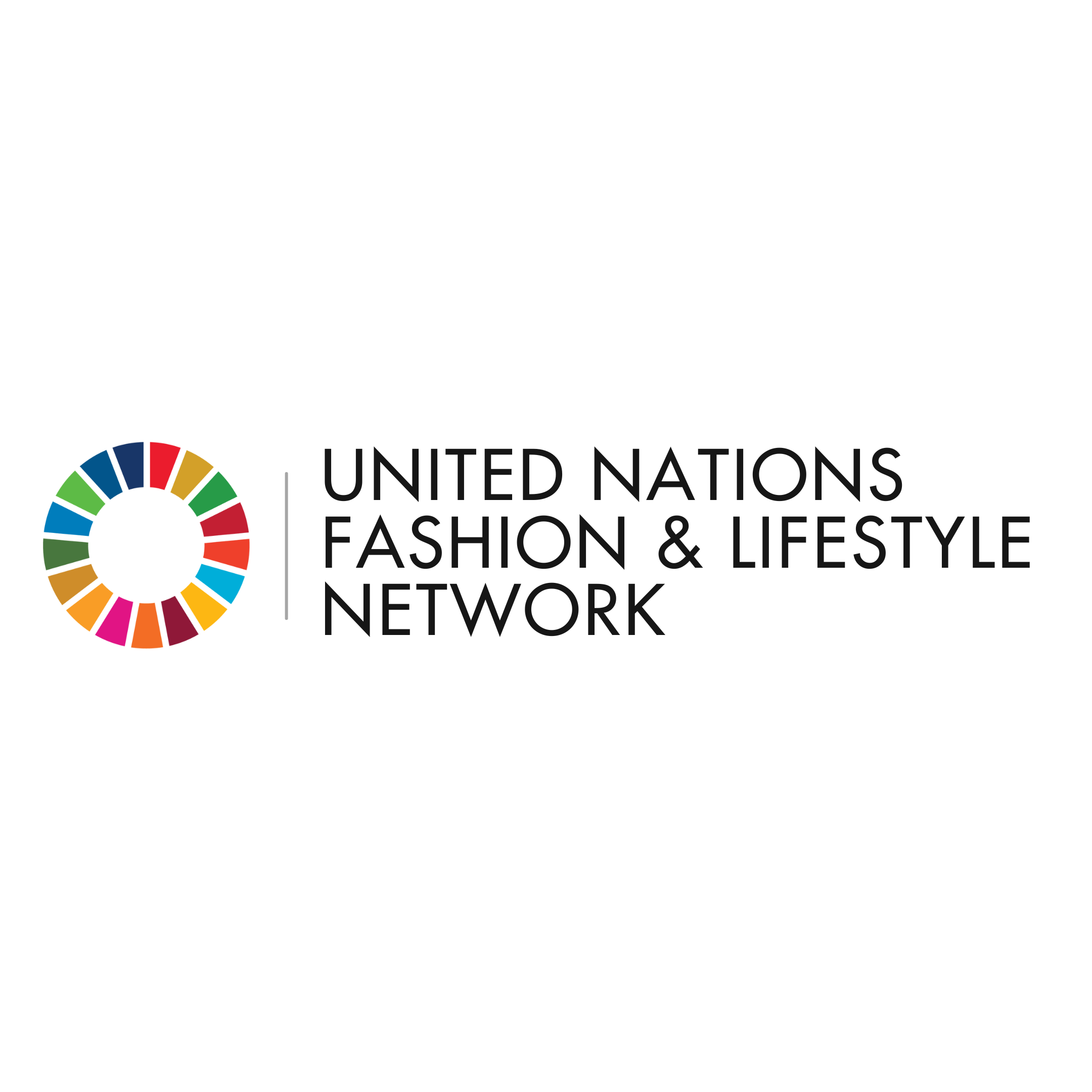NAZARENO/LICHAUCO
NAZARENO/LICHAUCO
(
Private sector
)
#SDGAction58052
Description
Designers Rita Nazareno and Gabriel Lichauco have been collaborating on projects since 2016: curating collections, mentoring designers, and developing new product designs and concepts for numerous brands. Their work has highlighted contemporaneity and innovation in traditional craft and materials. Nazareno/Lichauco curated the 2019 Philippine participation at Maison et Objet Paris under Kindred Design Collective for Citem’s Design Philippines. They have since done the creative direction for the 2020-2022 Maison et Objet editions. They also curated the 2020 design exhibition ITIM: Material Manipulations in Black, originally slated for Milan Design Week’s Fuorisalon, and reinstalled in Manila and online at FAME Plus.
Nazareno and Lichauco have been curating collections, mentoring designers, and developing new product designs and concepts for numerous brands since their collaboration started in 2016. Influential in their various spheres of design, they are able to mentor upcoming designers and impart their knowledge to brands and companies they work with. They are able to communicate and execute designs inspired from places they go to, media they consume, or technologies they learn about and share it with those they work with--both the manufacturers who produce their work and the clients who receive their services.
NAZARENO/LICHAUCO is composed of designers Rita Nazareno and Gabby Lichauco. They are co-creative directors, complementing each other as they create designs together. They work with brands and clients collaboratively, involving the manufacturers and designers in the process as they create collections and pieces for various purposes--whether for trade shows or clients. Their work has highlighted contemporaneity and innovation in traditional craft and materials, working with bespoke pieces that emphasize materiality and honor craftsmanship.
NAZARENO/LICHAUCO set a high standard with work defined by cultural depth and a strong collaborative spirit. Through their projects, companies and artisans exchange ideas, gain new insights, and carry those lessons into future creations with refined craftsmanship. In this way, the duo’s influence continues to shape designs that are intentional, locally rooted, and built on meaningful partnerships.
Rita Nazareno, Gabriel Lichauco
SDGS & Targets
Goal 9
Build resilient infrastructure, promote inclusive and sustainable industrialization and foster innovation
9.1
9.1.1
Proportion of the rural population who live within 2 km of an all-season road
9.1.2
Passenger and freight volumes, by mode of transport
9.2
Promote inclusive and sustainable industrialization and, by 2030, significantly raise industry’s share of employment and gross domestic product, in line with national circumstances, and double its share in least developed countries
9.2.1
Manufacturing value added as a proportion of GDP and per capita
9.2.2
Manufacturing employment as a proportion of total employment
9.3
9.3.1
Proportion of small-scale industries in total industry value added, based on (a) international classification and (b) national classifications
9.3.2
Proportion of small-scale industries with a loan or line of credit
9.4
By 2030, upgrade infrastructure and retrofit industries to make them sustainable, with increased resource-use efficiency and greater adoption of clean and environmentally sound technologies and industrial processes, with all countries taking action in accordance with their respective capabilities
9.4.1
CO2 emission per unit of value added
9.5
9.5.1
Research and development expenditure as a proportion of GDP
9.5.2
Researchers (in full-time equivalent) per million inhabitants
9.a
9.a.1
Total official international support (official development assistance plus other official flows) to infrastructure
9.b
9.b.1
Proportion of medium and high-tech industry value added in total value added
9.c
Significantly increase access to information and communications technology and strive to provide universal and affordable access to the Internet in least developed countries by 2020
9.c.1
Proportion of population covered by a mobile network, by technology
Goal 12
Ensure sustainable consumption and production patterns
12.1
Implement the 10-Year Framework of Programmes on Sustainable Consumption and Production Patterns, all countries taking action, with developed countries taking the lead, taking into account the development and capabilities of developing countries
12.1.1
Number of countries developing, adopting or implementing policy instruments aimed at supporting the shift to sustainable consumption and production
12.2
By 2030, achieve the sustainable management and efficient use of natural resources
12.2.1
Material footprint, material footprint per capita, and material footprint per GDP
12.2.2
Domestic material consumption, domestic material consumption per capita, and domestic material consumption per GDP
12.3
By 2030, halve per capita global food waste at the retail and consumer levels and reduce food losses along production and supply chains, including post-harvest losses
12.3.1
(a) Food loss index and (b) food waste index
12.4
By 2020, achieve the environmentally sound management of chemicals and all wastes throughout their life cycle, in accordance with agreed international frameworks, and significantly reduce their release to air, water and soil in order to minimize their adverse impacts on human health and the environment
12.4.1
12.4.2
(a) Hazardous waste generated per capita; and (b) proportion of hazardous waste treated, by type of treatment
12.5
By 2030, substantially reduce waste generation through prevention, reduction, recycling and reuse
12.5.1
National recycling rate, tons of material recycled
12.6
Encourage companies, especially large and transnational companies, to adopt sustainable practices and to integrate sustainability information into their reporting cycle
12.6.1
12.7
Promote public procurement practices that are sustainable, in accordance with national policies and priorities
12.7.1
Number of countries implementing sustainable public procurement policies and action plans
12.8
By 2030, ensure that people everywhere have the relevant information and awareness for sustainable development and lifestyles in harmony with nature
12.8.1
Extent to which (i) global citizenship education and (ii) education for sustainable development are mainstreamed in (a) national education policies; (b) curricula; (c) teacher education; and (d) student assessment
12.a
Support developing countries to strengthen their scientific and technological capacity to move towards more sustainable patterns of consumption and production
12.a.1
Installed renewable energy-generating capacity in developing and developed countries (in watts per capita)
12.b
Develop and implement tools to monitor sustainable development impacts for sustainable tourism that creates jobs and promotes local culture and products
12.b.1
Implementation of standard accounting tools to monitor the economic and environmental aspects of tourism sustainability
12.c
Rationalize inefficient fossil-fuel subsidies that encourage wasteful consumption by removing market distortions, in accordance with national circumstances, including by restructuring taxation and phasing out those harmful subsidies, where they exist, to reflect their environmental impacts, taking fully into account the specific needs and conditions of developing countries and minimizing the possible adverse impacts on their development in a manner that protects the poor and the affected communities
12.c.1
Amount of fossil-fuel subsidies (production and consumption) per unit of GDP
SDG 14 targets covered
| Name | Description |
|---|
Deliverables & Timeline
Maison&Objet Philippine Participation
Maison&Objet Online Philippine Participation
CITEM Design Commune
Resources mobilized
Partnership Progress

Feedback
Action Network

Timeline
Entity
Geographical coverage
Other beneficiaries
NAZARENO/LICHAUCO's products benefit those who have a penchant for carefully crafted artisanal products, but also the designers and artisans behind the pieces. Given that the pieces that the duo make have been extremely collaborative in nature, the design process goes beyond ideation and execution. The designs created in tandem between NAZARENO/LICHAUCO and various brands give them a sense of ownership over their pieces, cultivate trust and foster a stronger working relationship all around. Furthermore, this process adds relevance to their catalogues, offering more contemporary and updated products for the manufacturers and workshops. As these collaborations are done often, this provides continuous work for artisans, craftspeople, and local brands.

